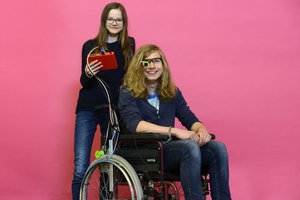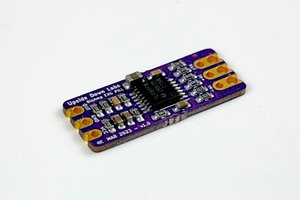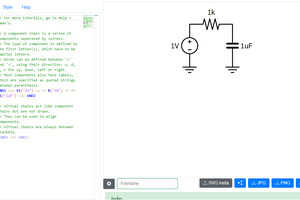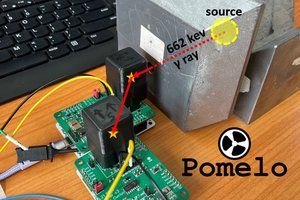When a muon flies through the detector, it will trigger two tubes simultaneously. By graphing which of the two tubes are triggered on an array of 81 LEDs, it gives an indication that a muon was detected as well as where it struck.
The detector minimises background radiation using some shielding (brass plates) between the layers of tubes and also a method called coincidence detection. Muons travel through matter very easily passing through the brass plates and both axes of the detector without effort, whereas the terrestrial radiation will not. Consequently anything detected in both axes of the detector simultaneously is more likely to be a muon than local background radiation in, around and near the detector.

When a muon flies through the detector, it will trigger two tubes simultaneously. By graphing which of the two tubes are triggered on an array of 81 LEDs, it gives an indication that a muon was detected as well as where it struck.
The raw audio output from the detector was a little hard on the ears so in an attempt to make this more pleasant, I modified the 9 x 9 matrix output by dividing into a 3 x 3 output using triple input NAND gates (74LS10) then monitoring coincidence between the resulting 3 x 3 matrix using AND gates (74LS08) to convert it to 9 channels, in order to drive a hacked MIDI Korg Nanokey 2 MIDI controller.



 http://www.korg.com/us/products/controllers/nanokey2/
http://www.korg.com/us/products/controllers/nanokey2/

 Robert Hart
Robert Hart


 Myrijam
Myrijam
 Deepak Khatri
Deepak Khatri
 Sven
Sven
 mihai.cuciuc
mihai.cuciuc